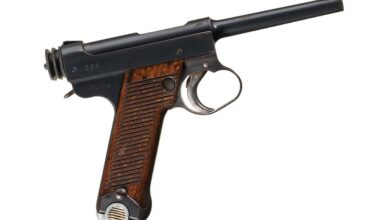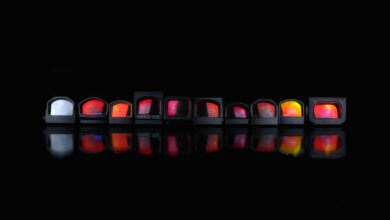Why Own a Trigger Pull Gauge?
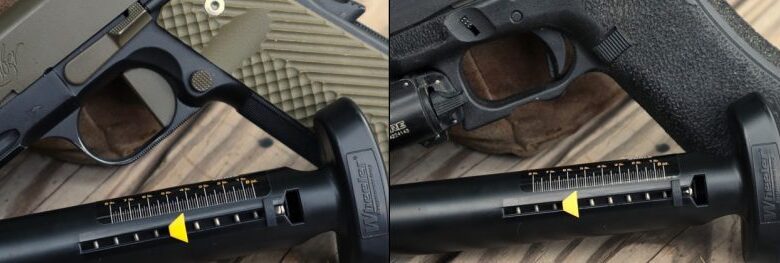
If you’ve been around firearms long enough, you know what a good trigger feels like. Quality triggers aren’t always the lightest, nor are they the most desirable. In my personal opinion, good triggers have a smooth pull, a short reset (for semi-automatics), and a crisp break. So, if we can tell what a good trigger feels like, why own a trigger pull gauge? This question warrants some discussion and a bit of a deep dive into the ins and outs of why trigger pull gauges should be part of your firearms maintenance and function-checking tools.
Trigger pull gauges are exactly as described: they provide the user with a measurement for their firearm’s trigger pull weight. Not all gauges are created the same. Nonetheless, you don’t need to break the bank to obtain a quality trigger pull gauge. GPS Outdoors offers an inexpensive trigger pull gauge for less than $20, while Wheeler Engineering offers theirs for around $25. Analog trigger scales have their limitations, but get the job done in my experience. If you really want to go all out, Wheeler also offers a fantastic digital trigger gauge for less than $70. By no means can you expect to break the bank by purchasing a trigger gauge, but what justifies spending the money anyway? Let’s delve into some of the reasons behind owning and using one.
Trigger Pull Gauges Confirm and Refute
If you’re used to running wheelguns or striker-fired pistols, you’re probably used to long, potentially heavy trigger pulls. Shift to the moment you switch to a lighter single-action firearm like a 1911 or 2011 pistol, the trigger seems uncomfortably light. However, feeling is different from knowing. While perception is arguably everything, it’s not always reality. On more than one occasion, I’ve encountered folks discussing how light their single-action trigger feels compared to the lengthy mush of many striker-fired handguns. After breaking out the trigger pull gauge, most folks are surprised to see both guns measure around the same pull weight to get a shot off. To emphasize, perception is important, but it’s not always reality.
Trigger pull gauges don’t lie. Furthermore, they provide immediate confirmation and feedback as to your trigger’s performance. While some triggers feel deceptively light, they’re not. Meanwhile, some triggers feel deceptively heavy when they’re far from it. As a training tool, the trigger pull gauge serves well in the role of dispelling myths as well as excuses for poor performance. The gauge doesn’t lie.
Trigger Pull Gauges and Trigger Condition
Trigger gauges serve a wide variety of uses beyond just verifying perceived or felt trigger weight. While not all of us fancy ourselves gunsmiths, every gun owner should possess the proper tools to adequately maintain and service their firearms. At a minimum, the average gun owner should keep tools and gauges readily available to troubleshoot or identify common potential issues with their firearms. The trigger pull gauge serves this purpose in a surprising number of ways.
Wear
Depending on your firearm’s design, usage, and maintenance, some parts wear more than others. Triggers aren’t exempt from this kind of abuse or wear. For example, trigger sears may wear improperly if the gun isn’t maintained adequately or the parts aren’t properly heat-treated. Trigger pull gauges provide a baseline for where and at what weight it pulls throughout the trigger press. By obtaining this baseline, you can identify the weight during pre-travel, creep, and at the trigger’s break. While it may seem overly nuanced, trigger pull gauges help you monitor potential parts breakage and wear issues.
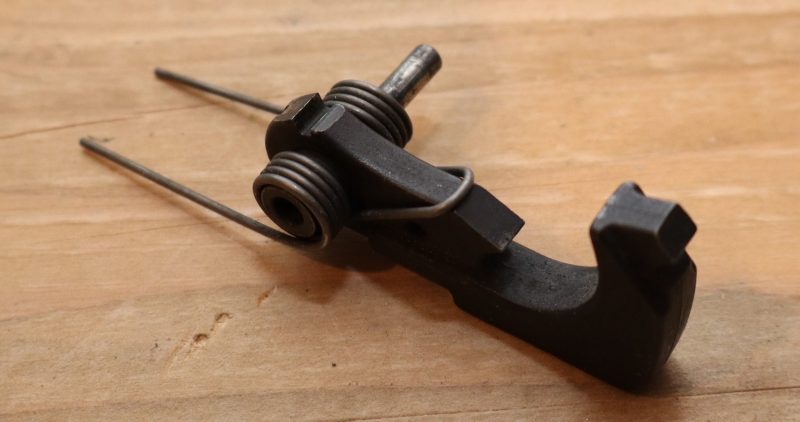
While I mainly focused on the trigger’s sear engagement points above, there’s another — more likely — issue to expect from triggers: the springs. For years, there’s been a pervasive myth that leaving magazines fully loaded compromises the springs. While the springs compress some over time, it’s not the tension that causes springs to fail; it’s repeated compression and extension of the springs. This gradually degrades the metal’s integrity. The same goes for trigger springs, which experience far more repetitions than a magazine. If you’re concerned about magazine spring failure, extend those same concerns to the springs in your firearm — especially with your trigger. At a minimum, a trigger pull gauge will provide some insight into significant changes in pull weight. If the trigger’s weight suddenly decreases after several thousand rounds, that’s more than break-in. It could very well indicate the need for spring replacement.
Aftermarket Work
Factory triggers have come a long way over the years. Then again, maybe I’ve just become used to them. Regardless, some factory triggers can benefit from aftermarket upgrades. Aftermarket triggers still aren’t a terrible idea when it comes to improving your favorite gun, where the chief complaint revolves around the trigger. While an aftermarket trigger isn’t always the answer, it definitely is an option in many instances.
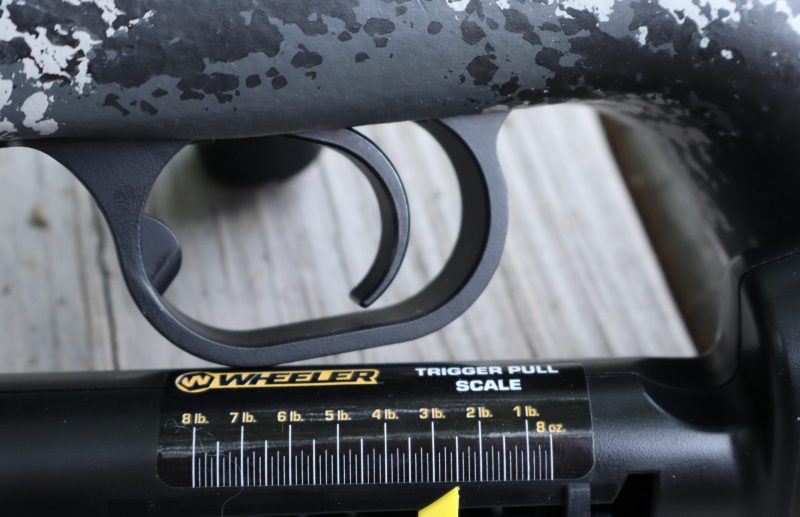
When installing an aftermarket trigger, you should read the directions beforehand. Definitely know the manufacturer’s recommendations and suggestions prior to installation. Trust me, following this practice with any kind of installation or assembly pays off with less heartache in exchange for a little more time on a project. The trigger pull gauge plays a range of roles in evaluating and installing aftermarket triggers. For one, the gauge helps function test the trigger immediately after installation. A trigger pull that is wildly outside of the advertised specifications or showing erratic pull weights could be a sign of improper installation or a faulty product.
Adjustability
Many aftermarket triggers are adjustable. It’s hard to tune a trigger to your liking if you don’t know what it’s pulling at. Furthermore, some triggers can be adjusted outside of the manufacturer’s recommended pull weights or specifications. Without a trigger gauge, you could incorrectly tune an aftermarket trigger and set it up for failure. Any number of issues, such as light primer strikes (failure to fire), arise when a trigger is adjusted beyond the manufacturer’s recommendations. While the gun not going off when it’s supposed to illuminate the importance of proper adjustment verified by a trigger pull gauge, it’s even worse when the gun goes off when it’s not supposed to. By adjusting a trigger outside of its specifications, you can also make it dangerously unsafe and override internal safety features. If that’s not enough to convince someone to consider investing in a trigger pull gauge, I’m not sure what will.
Trigger Pull Gauges are Worth the Price of Admission
Some guns and accessories require a month’s worth of salary to afford. Luckily, tools like a trigger pull gauge are orders of magnitude cheaper than that. For as little as $20 to $30, you can have a tool that verifies, monitors, and assesses every trigger within your firearm collection. Furthermore, it’s a great accessory to accompany any aftermarket trigger purchase. If anything, a trigger pull gauge can be a fun tool for guessing an over or under with your friends on a firearm’s trigger weight. Just like a quality cleaning or screwdriver kit, a trigger pull gauge is a must-have in any gun owner’s collection — and it’s wildly affordable.
The post Why Own a Trigger Pull Gauge? appeared first on The Mag Life.
Read the full article here

